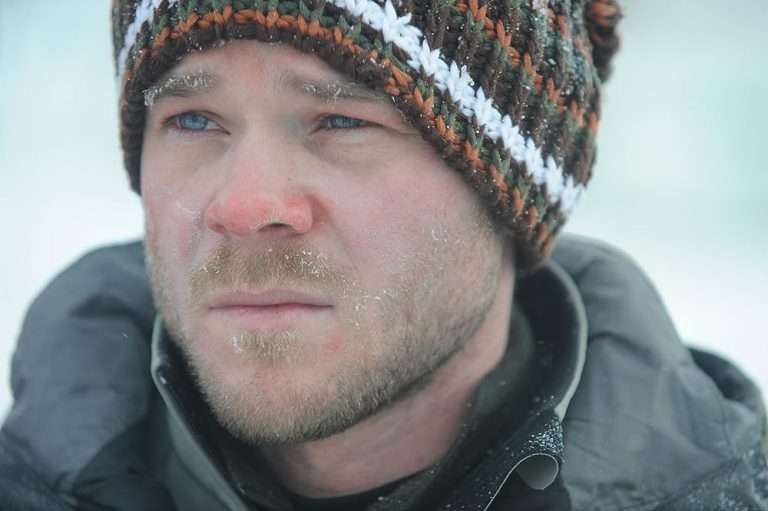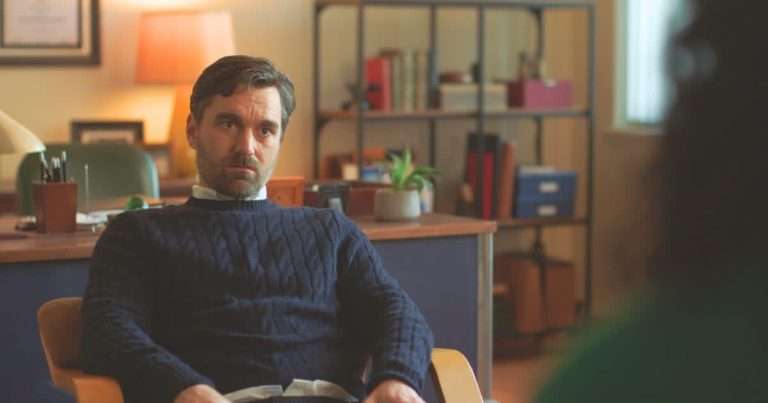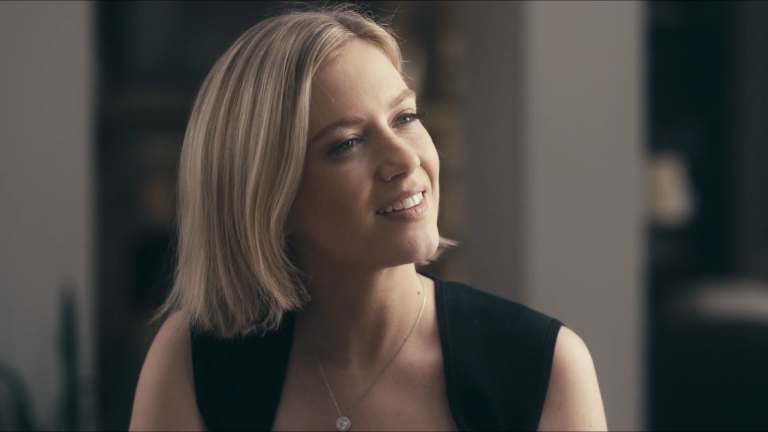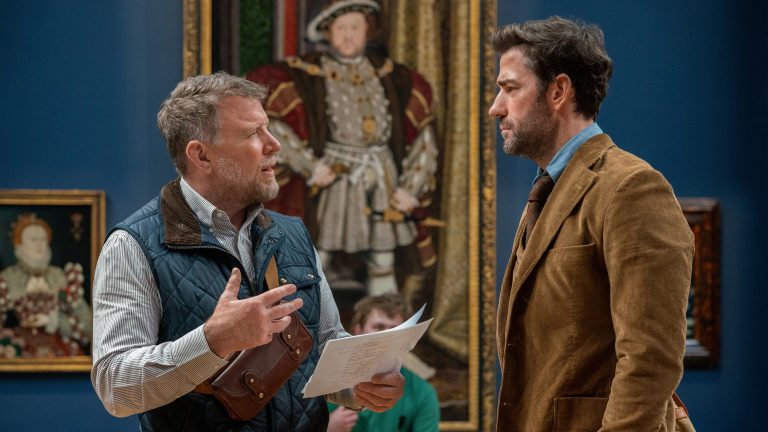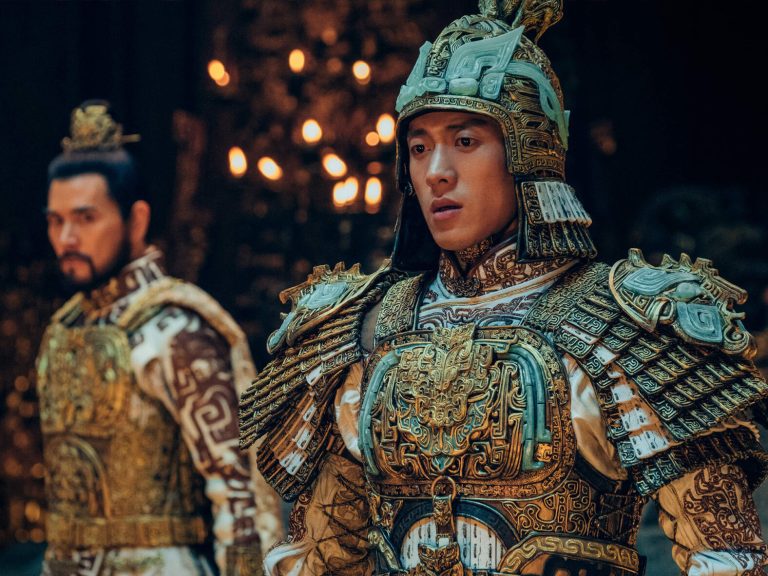John Wick: Chapter 3 – Parabellum (2019) picks up exactly where Chapter 2 left off: John, freshly declared excommunicado for breaking the underworld’s most sacred law by killing Santino on Continental grounds, is now a marked man. With a global bounty on his head and every assassin in the world eager to collect, his war shifts from vengeance to raw survival.
Yet survival, for Wick, is never a straightforward pursuit. The film plunges deeper into the paradox of his existence: he clings to life because it preserves the memory of love, yet that very life demands he bury love beneath endless bloodshed. Every alliance he forms, every betrayal he endures, every sacrifice he makes circles back to a haunting question—can John Wick ever free himself from the High Table’s grip, or has his humanity already sealed his fate?
Spoilers Ahead
John Wick: Chapter 3 Plot Summary & Movie Synopsis:
Why Does John Keep Fighting After Being Declared Excommunicado?
John begins the film alone in Manhattan, seconds away from open season. His first stop is the New York Public Library, where he retrieves a rosary and a marker, a reminder of his past ties and unfinished obligations. Even when badly injured in his fight with Ernest, John pushes forward because surrender would mean not just death, but erasure. For John, every action, whether killing gangs in the rain or sewing up his own wounds, is an act of defiance. His survival is tied to memory. He fights not just because he wants to live, but because to die without resistance would mean betraying the love Helen once gave him.
What Role Does the Director Play in John’s Journey?
The Director, leader of the Ruska Roma, represents John’s origin. When John offers her the rosary, he is not just asking for passage but invoking his roots. She recognizes his bond to the family but knows the cost of helping him. Her reluctant decision to aid John shows both the lingering loyalty of blood and the brutal order of the High Table. Her punishment, being stabbed through both hands, reminds us that in this world, kindness is never free. John’s escape costs others, and that guilt adds another weight he must carry.
Why Does John Seek Out the Elder?
Unlike in Chapter 2, where John sought vengeance, here he seeks pardon. John’s journey through Casablanca with Sofia is about obligation; she owes him a debt, and he forces her to honor it. Yet when Berrada shoots her dog, John restrains her from killing him, proving John has learned that unchecked rage only strengthens the chains. When John finally meets the Elder after collapsing in the desert, his reasoning is simple: he wants to live so he can carry Helen’s memory. In order to earn that ‘life,’ however, he sacrifices his ring finger and wedding ring. This act is devastating; it symbolizes John severing his last physical bond to Helen. His body literally bears the cost of survival.
Why Does Winston Refuse to Step Down?
Winston, the manager of the New York Continental, is as bound by rules as John is hunted by them. When the Adjudicator gives him seven days to step down, Winston refuses, not because he underestimates the High Table, but because his identity is power. To abdicate would be to surrender everything that defines him. Winston’s defiance reflects John’s own. Both men resist being reduced to pawns, but Winston does so with words and allegiances, while John does so with bullets.
Also Read: Baba Yaga’s Bullet Ballet: John Wick and the Rebirth of Modern Action Cinema
What Does Zero Represent in John’s Journey?
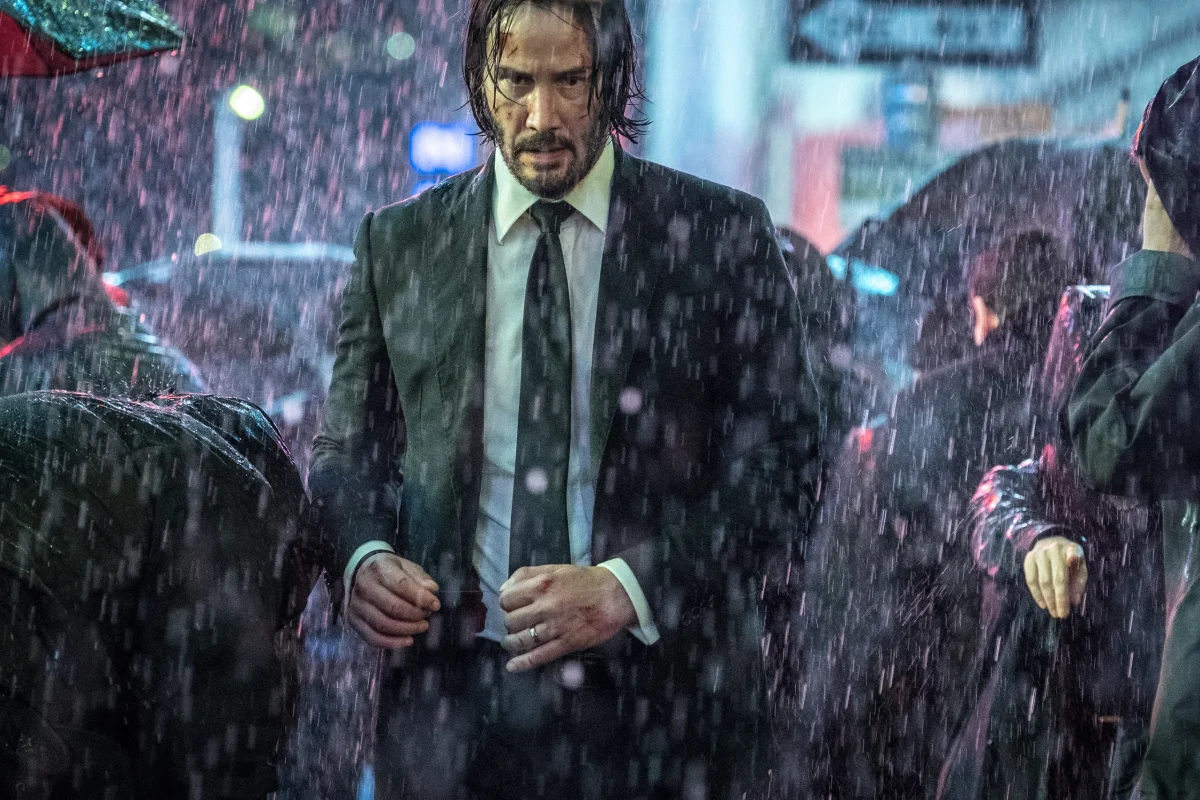
Zero, the Japanese assassin, is a mirror image of John, a killer with exceptional skill, discipline, and a cadre of students of his own. But while John is motivated by memory and grief, Zero is motivated by admiration. He openly admits to idolizing John, which makes their final battle all the more tragic. Zero’s death is not drawn out. John leaves him to die, acknowledging his skill but refusing his friendship. Zero represents what John could have become if he had embraced killing as identity rather than necessity, a life where murder becomes worship instead of burden.
Why Does Winston Shoot John?
The rooftop parley is one of the film’s most debated moments. After John and Charon successfully defend the Continental, Winston offers allegiance to the High Table. To prove his loyalty, he shoots John multiple times, sending him off the roof. The act can be read in two ways. First, it may be seen as betrayal, Winston siding with the winning power to maintain his throne. But it may also be a strategy, knowing John could survive the fall and live to fight another day. Winston’s ambiguous smile suggests both possibilities, reinforcing that in this world, loyalty is fluid, survival is currency, and friendship is always negotiable.
What Is the Bowery King’s Role in the Ending?
The Bowery King, like Winston, defies the Adjudicator. For his defiance, Zero mutilates him, leaving him scarred but alive. In the final scene, it is the Bowery King who shelters John, now battered and betrayed. His anger at the High Table mirrors John’s, and together they plot rebellion. The Bowery King is important because he reframes John’s war. Until now, John has been reactive, avenging Daisy, honoring markers, surviving bounties. But with the Bowery King, his war is no longer about survival. It is about revolution.
John Wick: Chapter 3 – Parabellum (2019) Movie Ending Explained:
Does John Still Have a Choice?
When John Wick falls from the Continental rooftop, broken and bloodied, he is stripped of everything – the High Table’s forgiveness, Winston’s trust, and even Helen’s ring. Yet he survives, and survival means choice. But the question is, what choice remains? John severed his finger to prove loyalty, only to be betrayed. He fought for life to preserve Helen’s memory, only to end up in another war. His path no longer belongs to him; it belongs to the escalating conflict between rebels and rulers.
Does John still have a choice? In truth, very little. His humanity ties him to memory, but the world drags him deeper into violence. The film ends not with John finding peace, but with him reclaiming purpose, not as a man escaping his past, but as a soldier preparing for the future. If the first “John Wick” was about grief, and the second about consequence, then “Parabellum” is about inevitability. John cannot outrun the life he once chose. But as he stares at the Bowery King, scarred yet unbroken, one thing becomes clear: if John Wick is doomed, he will not go down alone.

